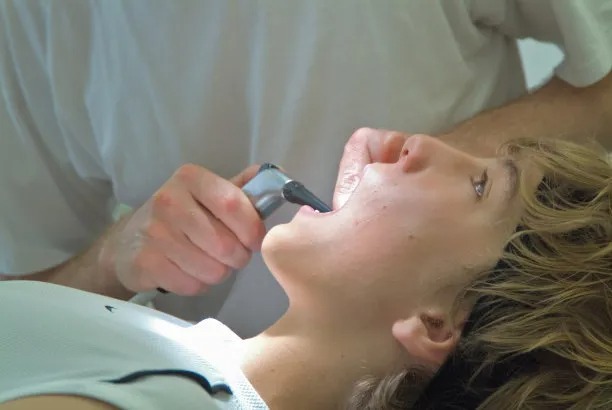Essential Guidelines to Follow After Dental Filling to Ensure Optimal Recovery and Longevity of Treatment
Summary: After getting a dental filling, its essential to adhere to specific guidelines that promote optimal recovery and ensure the longevity of the treatment. This article discusses crucial tips that patients should follow, focusing on dietary considerations, maintaining oral hygiene, managing discomfort effectively, and scheduling follow-up appointments with their dental professional. Each section provides valuable insights and practical advice to support successful recovery and prevent complications.
1. Dietary Considerations After Filling

Immediately after receiving a dental filling, it’s crucial to be mindful of your eating habits. For the first few hours, its advisable to avoid chewing on the side of the mouth where the filling was done. This precaution allows the filling material to set properly without any unnecessary pressure that might displace it.
Furthermore, patients should also steer clear of extremely hot or cold foods and beverages. Sensitivity can occur following the procedure, so consuming such items may exacerbate discomfort or interfere with the healing process. Opt for room temperature foods that require minimal chewing, such as yogurt, smoothies, or soft fruits.
Finally, refrain from consuming hard, sticky, or crunchy foods for at least the first 24 hours. These types of foods can place undue stress on the new filling, risking damage or discomfort that would prolong recovery and complicate your dental care.
2. Maintaining Optimal Oral Hygiene
Post-filling oral hygiene is paramount for ensuring the success of your treatment. On the day of the filling, gentle brushing and rinsing are encouraged, but be careful around the filled area until any sensitivity subsides. This approach prevents irritation and allows the filled tooth to adjust to the surrounding tissue.
After the first day, resume your normal oral hygiene routine, but consider using a soft-bristled toothbrush. It’s vital to be gentle but thorough, making sure to brush twice daily and floss around the restored area to remove food particles and plaque effectively.
Additionally, consider using an antibacterial mouthwash that can aid in reducing plaque buildup while promoting healing. Maintaining excellent oral hygiene not only helps with recovery but also extends the lifespan of your filling.
3. Managing Discomfort and Sensitivity
It’s common to experience mild discomfort or sensitivity after a dental filling, which can usually be managed at home. If you feel pain or sensitivity, over-the-counter pain relievers such as ibuprofen or acetaminophen can provide relief. Always follow the recommended dosages on the medication package to avoid potential side effects.
Moreover, it’s essential to be patient. Sensitivity typically decreases within a few days following the procedure. However, if the discomfort persists or worsens, don’t hesitate to contact your dentist for advice. They may need to conduct an assessment to ensure that no complications have arisen.
Applying a cold compress to the outside of the cheek can also help minimize swelling and discomfort, especially during the first 24 hours. By managing your discomfort properly, you can significantly enhance your recovery experience and protect the integrity of the filling.
4. Scheduling Follow-up Appointments
After receiving a dental filling, scheduling follow-up appointments with your dentist is crucial. Your dentist may want to see you within a few weeks to assess the filling and ensure that it’s seated properly and comfortable. This visit is also an excellent opportunity for any questions or concerns regarding your recovery.
During your follow-up, the dentist will evaluate the filled area for any signs of complications, such as infection or improper bite alignment. Identifying and addressing these issues early can prevent further dental problems and extend the life of the filling.
Regular dental check-ups are also essential in maintaining your overall dental health. These appointments allow your dentist to monitor the condition of your fillings and surrounding teeth, helping to ensure that you can enjoy optimal oral health for years to come.
Summary: Following the guidelines discussed in this article will significantly support your recovery after a dental filling. Attention to dietary limitations, diligent oral hygiene, effective discomfort management, and regular follow-up appointments will collectively contribute to a successful treatment outcome. Prioritizing these essential steps can lead to a more comfortable experience and longer-lasting dental health.
This article is compiled by Vickong Dental, and the content is for reference only.


